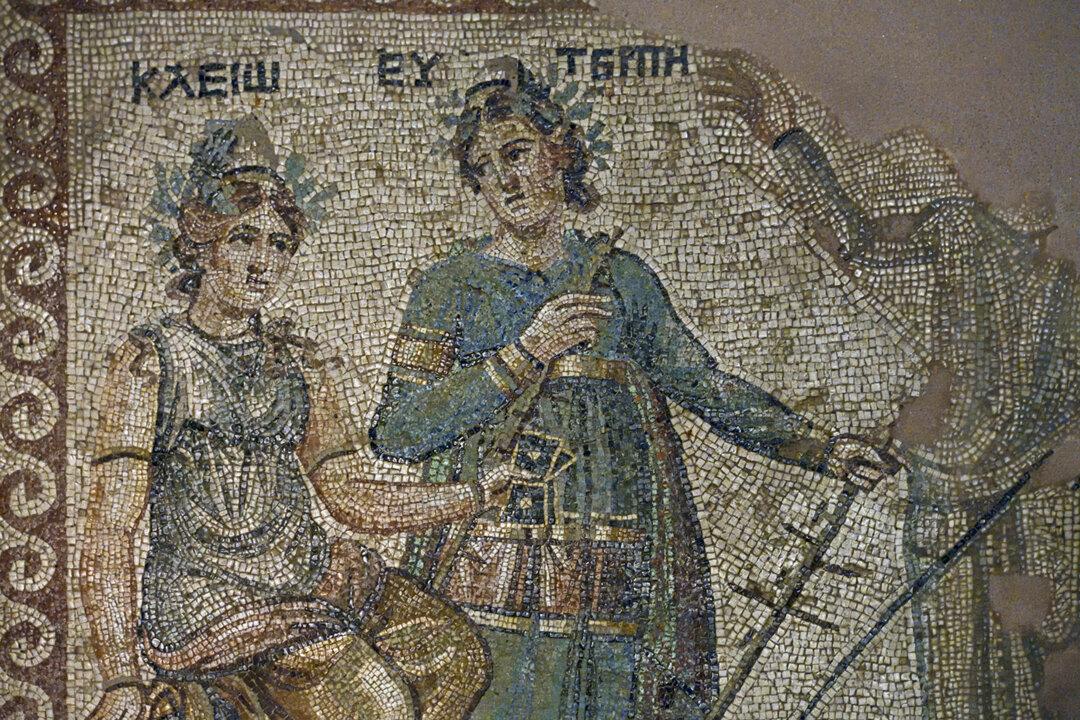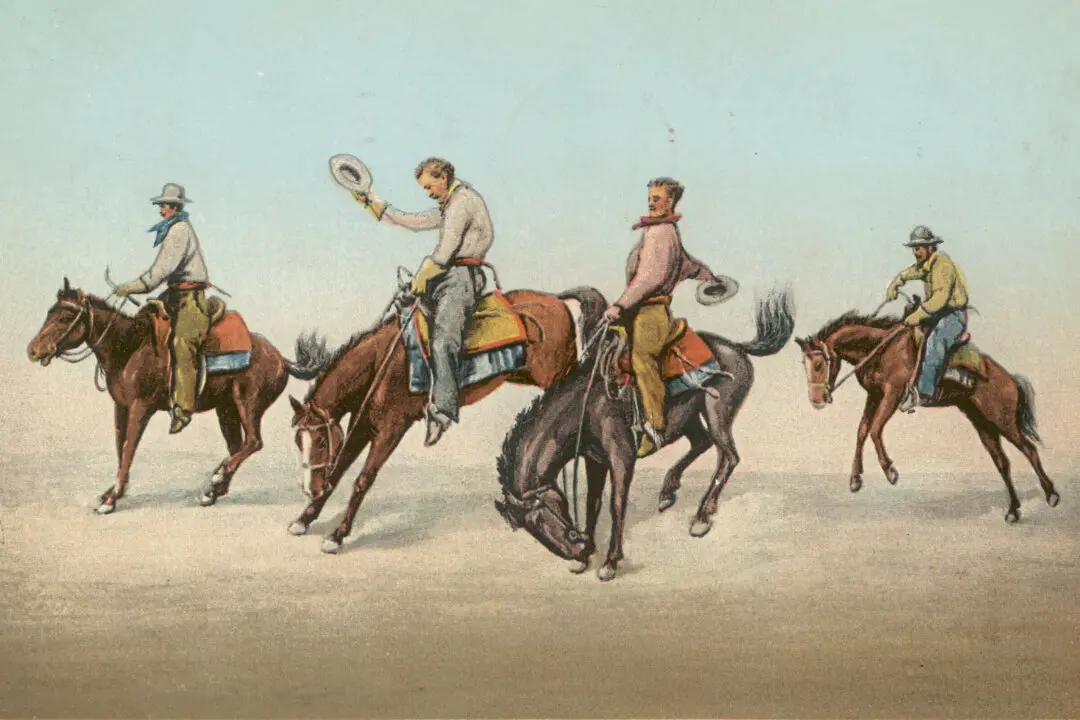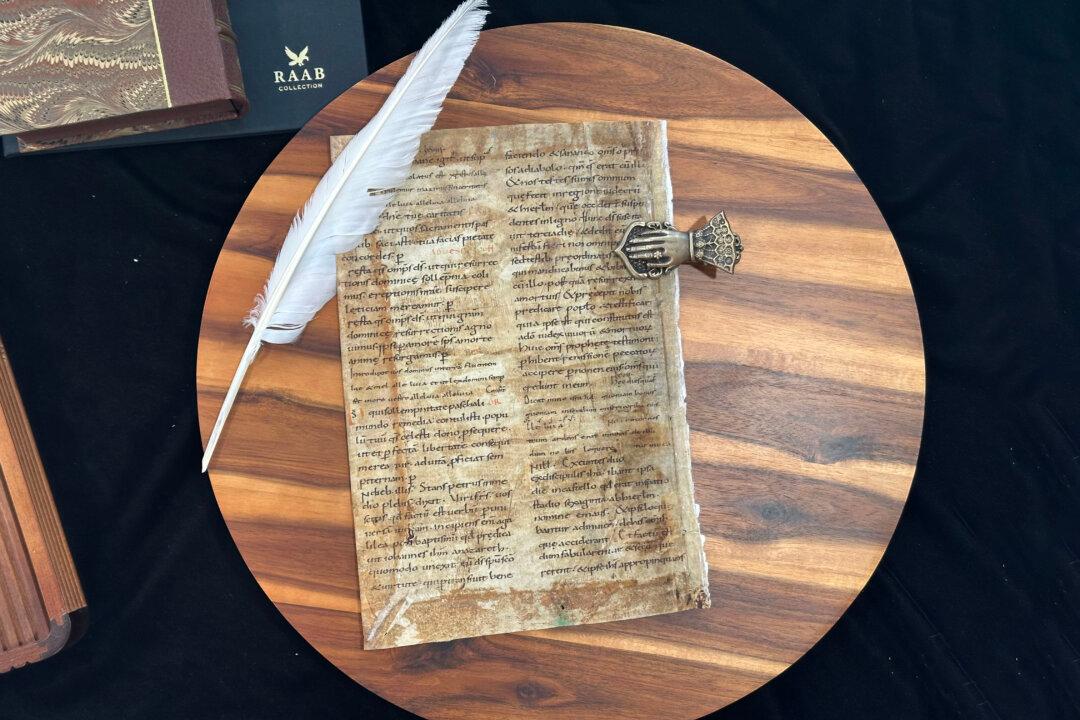“As long as you live, shine, let nothing grieve you beyond measure.” These poetic words are part of an inscription on a marble monument that dates back approximately 2,000 years. The artifact is known as the “Seikilos epitaph,” and scholars attribute it to the first or second century.
Despite its ancient beginnings, the significance of the monument wasn’t discovered until after its excavation in the 19th century, when researchers realized the writing etched onto the aged marble contains the world’s oldest complete musical composition.





